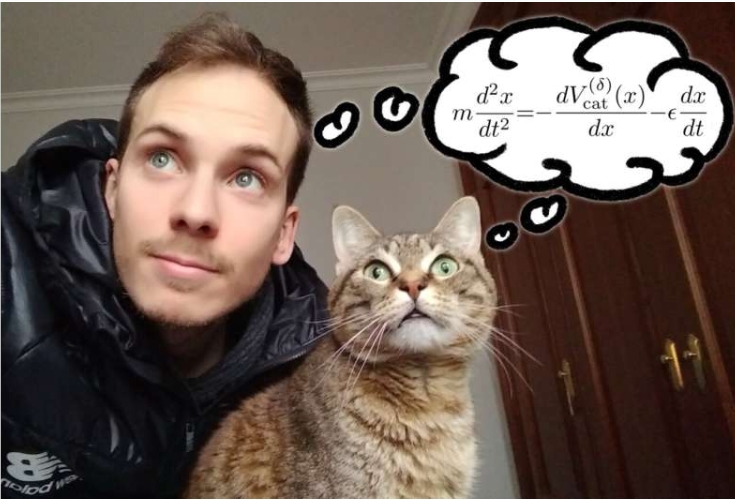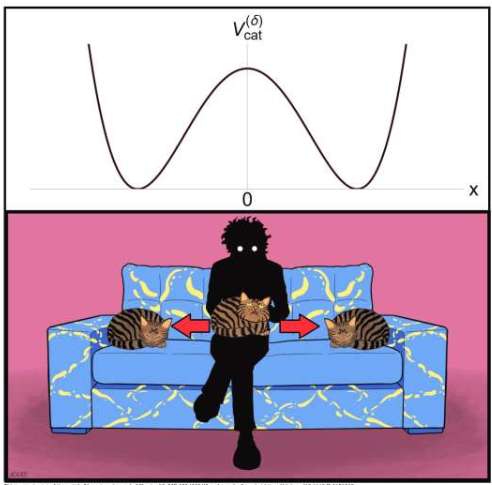The editor of Downcodes will take you to learn about a unique research: Physicists use cat behavior to build a mathematical model! Anxo Biasi, a researcher at the Institute of High Energy Physics (IGFAE) in Galicia, Spain, was inspired by his own cat and wrote a paper on the cat's equations of motion, which was published in the American Journal of Physics. This paper cleverly combines complex physics knowledge with daily life in a relaxed and humorous way, showing us the charm of physics and providing an excellent teaching case for introductory courses in classical mechanics.
A ground-breaking study has transformed cats from social media darlings to subjects of physics research. Anxo Biasi, a researcher at the Institute of High Energy Physics (IGFAE) in Galicia, Spain, was inspired by his cat Eme and published a unique paper on the cat's equations of motion in the American Journal of Physics.

The young physicist, who previously completed research at the Ecole Normale Supérieure in Paris, now joins IGFAE through the La Caixa Young Leaders Programme. The original intention of his research is to spread physics knowledge in an interesting way and let students feel the charm of physics. What began as a joke on April Fool's Day eventually developed into a rigorous academic paper.

Based on daily interactions with his beloved cat Eme, Biasi summarized seven typical behavior patterns and hypothesized that cats' behavior seems to be affected by a force around humans. In this model, the cat is reduced to a particle following Newtonian mechanics, and its motion is affected by the external potential energy generated by the presence of humans.

This equation takes into account several factors: x(t) represents the cat's position at time t relative to the person at the origin (x=0), m represents the cat's mass, and ε is the friction coefficient that accounts for the cat's fatigue. Using this equation, researchers can explain behavioral traits such as cats being unresponsive, easily distracted, and preferring to be on the lap of certain humans.
The paper also provides an in-depth analysis of cats' iconic purring, describing it as a stabilizing mechanism. When a cat purrs when being petted, humans will be inclined to continue petting, creating a positive feedback loop. At the same time, the research also explored the famous crazy half-hour phenomenon of cats (commonly known as zoomies), adding random variables to the equation to simulate this sudden violent movement.
This research is not only interesting, but also has important educational value. Biasi emphasized that the paper is suitable for introductory courses in classical mechanics, showing how seemingly complex and unrelated behavior can be explained by simple physical laws. Reducing the difficulty for learners to understand abstract concepts through easy-to-understand dynamic models.
This innovative research not only gives us a new perspective on cat behavior, but also demonstrates the power of physics in explaining everyday phenomena. As Biasi said: Physics does not necessarily explore the deepest mysteries of the universe, sometimes it is also fun to use it to explain daily life!
Reference: https://phys.org/news/2024-10-physicist-cat-reveal-equation-motion.html
All in all, this paper presents us with a scientific and interesting feast with its unique perspective and rigorous academic attitude. It not only successfully integrates physical knowledge with daily life, but more importantly, it inspires our enthusiasm for exploring the scientific principles behind the seemingly ordinary phenomena in daily life. The editor of Downcodes looks forward to more such research to make science more interesting and closer to life.